Hello, my name is John and today I’ll be sharing with you a step-by-step guide on how to test a vacuum cleaner switch. If you’re experiencing issues with your vacuum cleaner not turning on or off, it may be due to a faulty switch. By following these simple troubleshooting steps, you can determine whether the switch is the source of the problem and take appropriate measures to repair it.
Key Takeaways:
- Unplug the vacuum cleaner before testing the switch for safety.
- Use a multimeter set to the resistance setting to measure the switch’s functionality.
- A normal reading should show some resistance, indicating that the switch is working properly.
- If the reading changes to zero when the switch is turned off, it indicates a fault in the circuit.
- If the switch is faulty, check the fuse, cable connections, and the switch itself for any issues.
Troubleshooting Common Vacuum Cleaner Motor Issues
When it comes to vacuum cleaner switches, a common issue that users encounter is when the switch is not working properly. In many cases, this can be attributed to motor-related problems. Let’s explore some troubleshooting steps to help you diagnose and resolve these issues.
If you hear a click when you try to turn on your vacuum cleaner, but the motor doesn’t start, it could indicate a dead motor. In such cases, the motor may need to be replaced. On the other hand, if you notice a strong smell coming from the vacuum unit, it may be a sign of a burnt-out motor. In both situations, replacing the motor can help get your vacuum cleaner up and running again.
Another motor-related issue that can affect the functioning of the vacuum cleaner switch is worn-out carbon brushes. These brushes are responsible for connecting the motor to the circuit. Over time, they can wear down, causing an incomplete circuit and resulting in issues with the switch. If your vacuum cleaner’s motor is still running but producing blue sparks, it’s a clear indication that the carbon brushes need to be replaced. By replacing these brushes, you can restore the proper functioning of the motor and, subsequently, the switch.
In addition to motor-related problems, it’s crucial to check the vacuum cleaner’s wire connections. A bad connection can prevent the switch from working correctly. Ensure all wire connections are secure and properly attached to prevent any potential issues with the switch.
Remember, troubleshooting and resolving vacuum cleaner motor issues should always be done with caution. Ensure the device is unplugged from power before attempting any repairs. If you’re unsure or uncomfortable with the process, it’s best to consult a professional technician to avoid any further damage or safety hazards.
Vacuum Cleaner Motor Issues
| Issue | Possible Cause | Solution |
|---|---|---|
| Motor doesn’t start | Dead motor | Replace the motor |
| Strong smell coming from vacuum unit | Burnt-out motor | Replace the motor |
| Motor producing blue sparks | Worn-out carbon brushes | Replace the carbon brushes |
| Switch not working correctly | Bad wire connections | Check and secure wire connections |
By following these troubleshooting steps and addressing the common motor issues mentioned above, you can resolve problems with your vacuum cleaner switch. Remember, regular maintenance and timely repairs can help extend the lifespan of your vacuum cleaner and ensure its optimal performance.
Understanding Different Types of Vacuum Cleaners
When it comes to vacuum cleaners, there are two common types: upright and canister. Each type has its own unique features and functionalities.
Upright vacuum cleaners are the most popular choice for many households. They are designed with the motor and beater bar housed in the same unit. This configuration allows for easy maneuverability and efficient cleaning on carpets and hard floors.
Canister vacuum cleaners, on the other hand, have a separate canister that houses the motor and storage bag. The beater bar, which is responsible for agitating and picking up dirt, is located in a separate power head. This design provides flexibility and versatility, as the canister can be easily maneuvered around furniture and used to clean stairs, upholstery, and other hard-to-reach areas.
If you are experiencing issues with your vacuum cleaner switch, it is important to understand the type of vacuum cleaner you have. This knowledge will help you identify the potential source of the problem and determine the appropriate troubleshooting steps.
Common Switch Issues and Troubleshooting Steps
- If your vacuum cleaner switch is not turning on, it could be due to problems with the motor or the circuit. Here are some steps you can take to troubleshoot the issue:
- Check if the vacuum cleaner is properly plugged in and the power source is functioning.
- Inspect the power cord for any visible damage or loose connections.
- Test the circuit using a multimeter to ensure there is continuity.
- Verify that the motor is receiving power by checking the voltage at the motor terminals.
- If the vacuum cleaner switch is not turning off, it may indicate a problem with the switch itself or the wiring connections. Here’s what you can do:
- Check if the switch is stuck in the “on” position or if there is any debris obstructing its movement.
- Inspect the wiring connections at the switch and make sure they are secure.
- Test the switch using a multimeter to determine if it is functioning properly.
- If necessary, consider replacing the switch or seeking professional assistance.
By understanding the different types of vacuum cleaners and the potential switch-related issues they may face, you can confidently troubleshoot and address the problem. Regular maintenance, proper troubleshooting, and prompt repairs will help keep your vacuum cleaner in optimal condition, ensuring efficient cleaning performance for years to come.
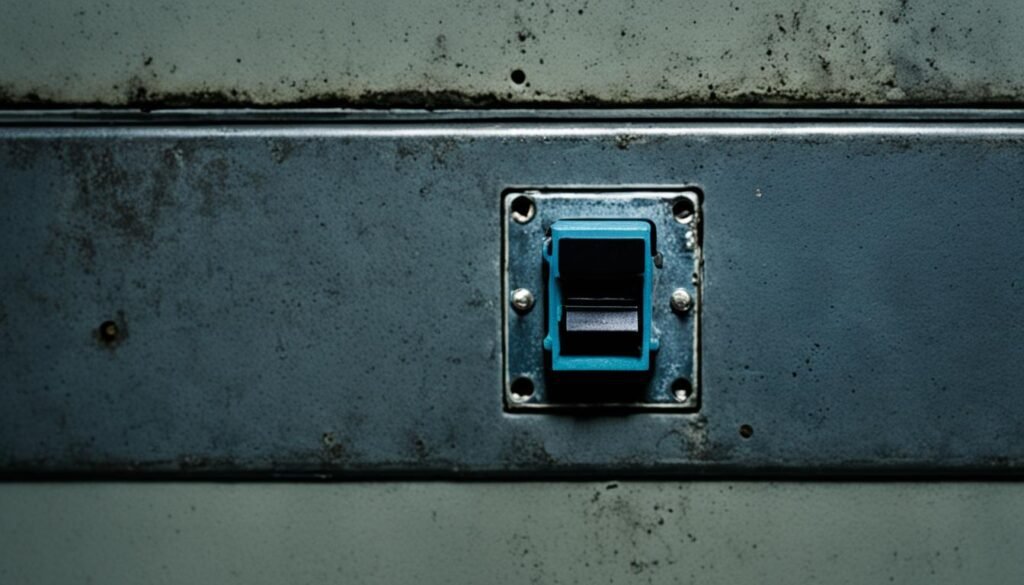
Conclusion
Troubleshooting and repairing a vacuum cleaner switch is a manageable task with the right tools and knowledge. By following the step-by-step guide provided in this article, you can effectively diagnose and resolve issues with your vacuum cleaner switch. Prioritizing safety, remember to always unplug your vacuum cleaner before performing any repairs or maintenance.
If you encounter complex issues or feel unsure about the repairs, I recommend seeking the assistance of a professional. They have the expertise to handle more challenging problems and can ensure the job is done correctly.
Remember, regular maintenance and proper troubleshooting can help prolong the lifespan of your vacuum cleaner. By addressing switch problems promptly and effectively, you can save yourself from unnecessary expenses and enjoy a cleaner home for a long time to come.
FAQ
How do I test a vacuum cleaner switch?
To test a vacuum cleaner switch, start by unplugging the appliance for safety. Then, grab a multimeter and set it to the resistance setting. Put the probes on the neutral and live pins of the plug. A normal reading should show some resistance, indicating that the switch is working properly. If the reading changes to zero when the switch is turned off, it means there is no resistance, indicating a fault in the circuit. In such cases, first test the fuse within the plug to ensure it is not the issue. If the fuse is fine, check the cable connections at the switch and the switch itself using the multimeter. If there are lower resistance readings, the problem may lie with the cable or the switch. Finally, if the issue still persists, inspect the motor and the carbon brushes, as worn-out brushes can cause the circuit to break and prevent the vacuum cleaner from working.
What should I do if my vacuum cleaner switch is not working?
When a vacuum cleaner switch is not working, it could be due to motor-related issues. If you hear a click but the motor doesn’t start, it may indicate that the motor is dead and needs to be replaced. Additionally, if you notice a strong smell coming from the vacuum unit, it could be a sign of a burnt-out motor. In some cases, the motor may still run but produce blue sparks, indicating worn-out carbon brushes. The carbon brushes connect the motor to the circuit, and when they wear down, the circuit is incomplete. Replacing the carbon brushes can solve this issue. It’s also worth checking the vacuum’s wire connections, as a bad connection can prevent the switch from working properly.
What should I do if my vacuum cleaner switch is not turning on or off?
Vacuum cleaners come in two common types: upright and canister. In an upright vacuum cleaner, the motor and beater bar are housed in the same unit. On the other hand, a canister vacuum cleaner separates the motor and storage bag in the canister from the beater bar, which is located in a separate power head. If your vacuum cleaner switch is not turning on, it may be due to issues with the motor or the circuit. If the switch is not turning off, it could be a problem with the switch itself or the wiring connections. Understanding the type of vacuum cleaner you have can help identify the source of the issue and determine the appropriate troubleshooting steps.
How can I troubleshoot and repair my vacuum cleaner switch?
Troubleshooting and repairing a vacuum cleaner switch can be relatively straightforward with the right tools and knowledge. By following the step-by-step guide provided in this article, you can test the switch, identify potential faults in the circuit, and address common motor issues. It’s important to prioritize safety by always unplugging the vacuum cleaner before performing any work. If you encounter complex issues or are unsure about the repairs, it’s recommended to consult a professional. Remember, regular maintenance and proper troubleshooting can extend the lifespan of your vacuum cleaner and save you from unnecessary expenses.

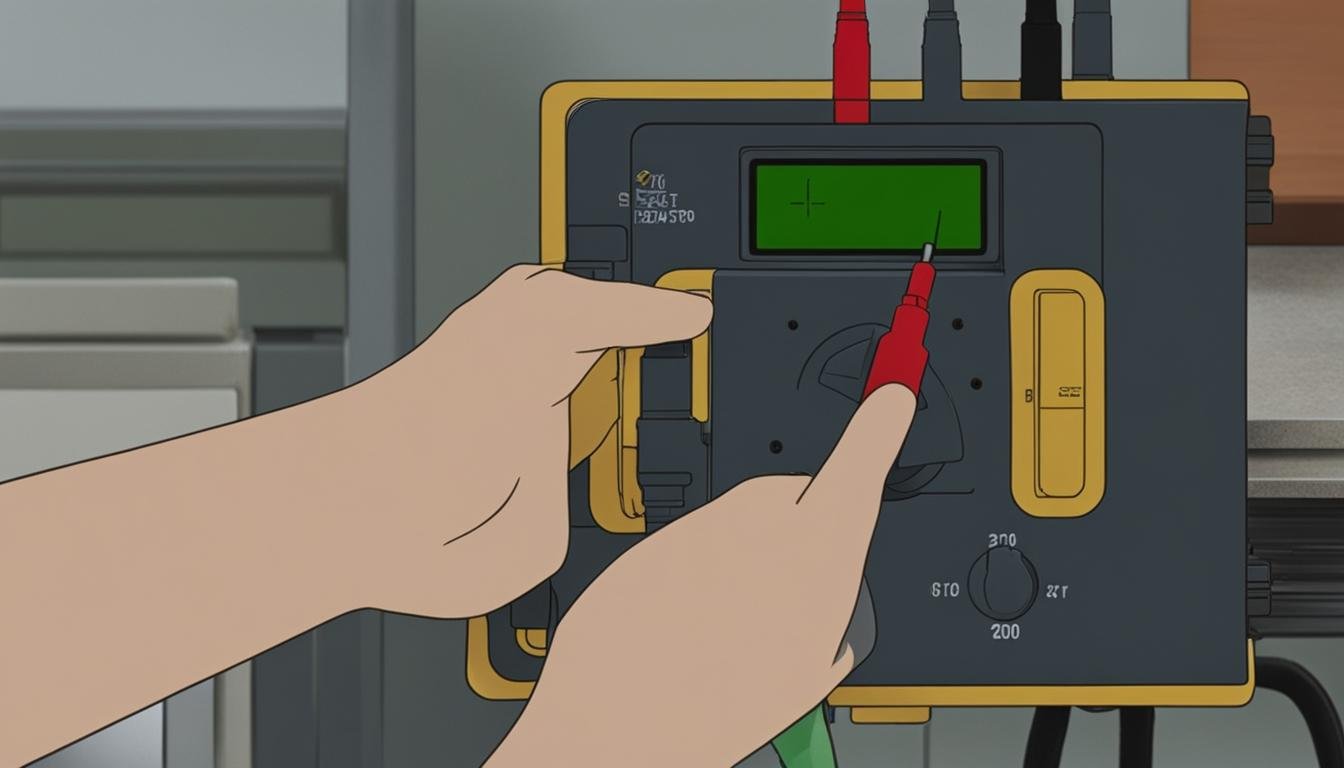
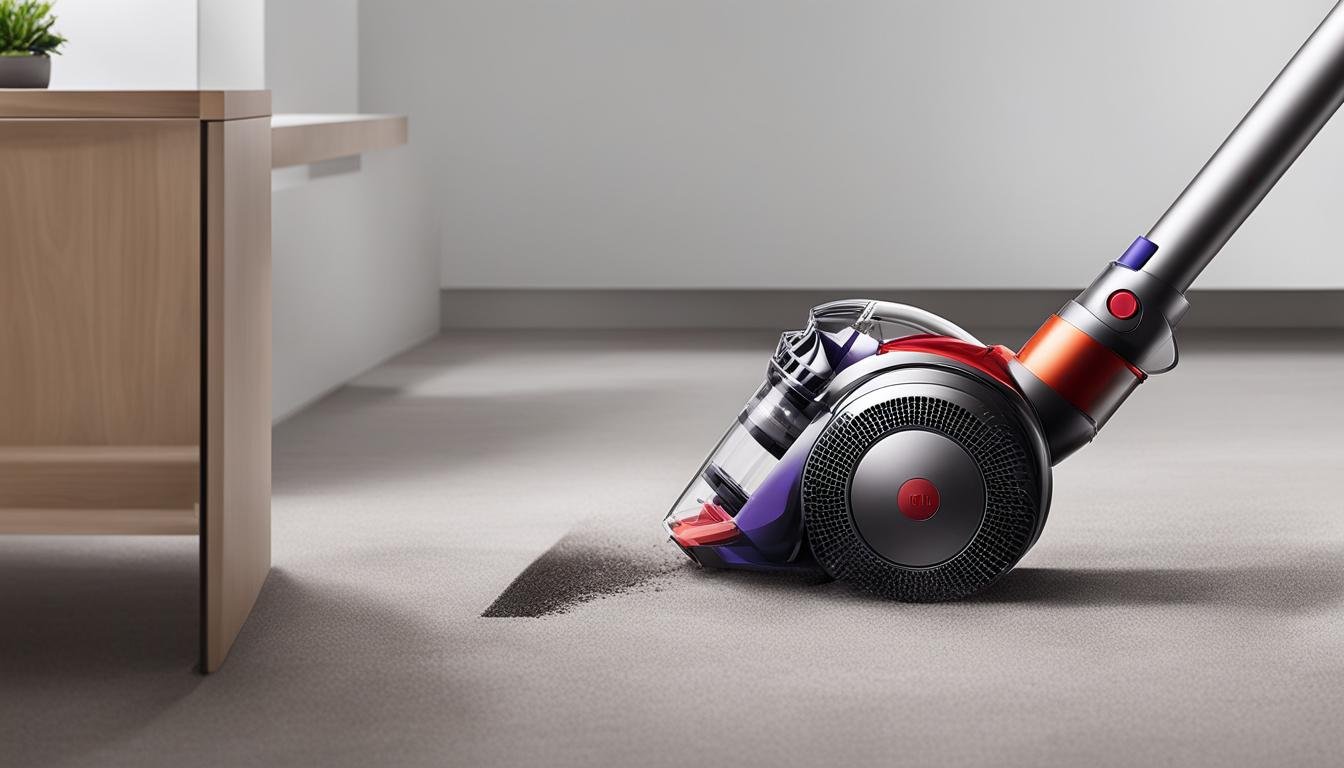
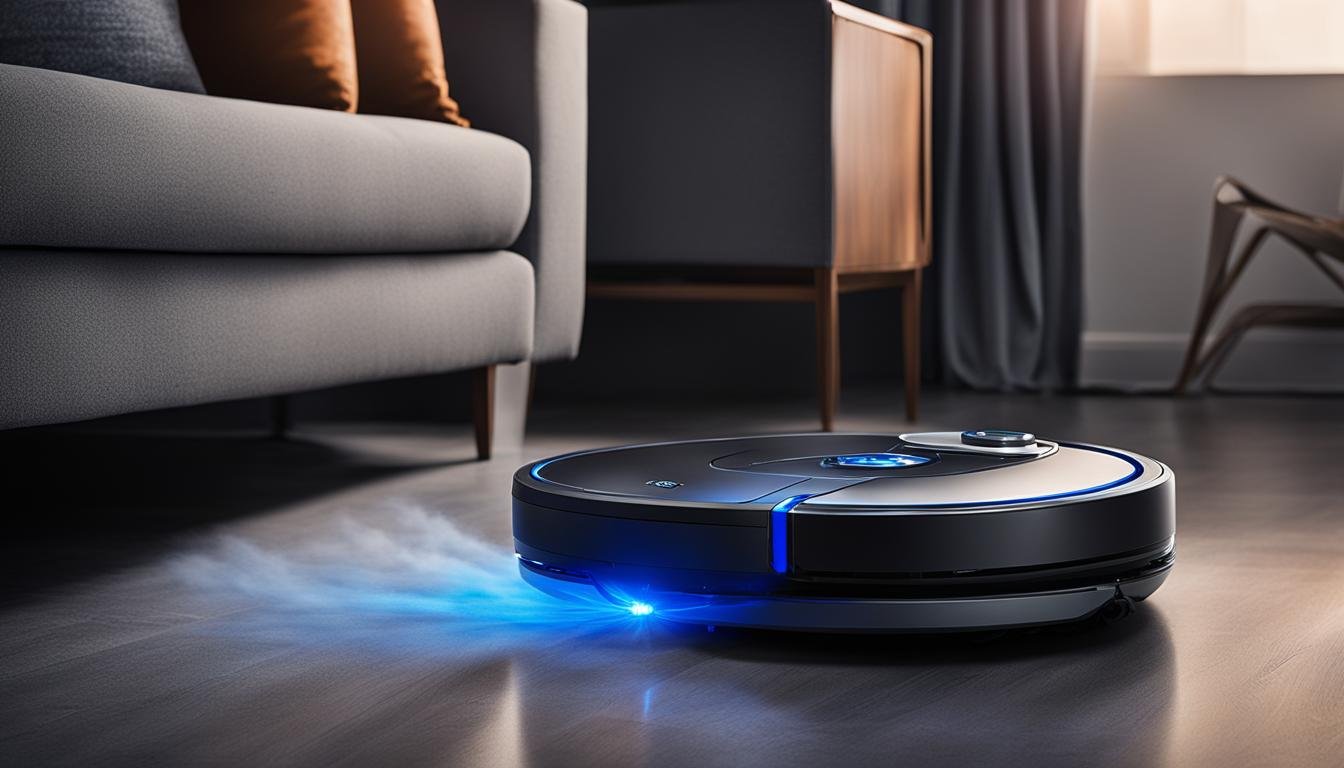
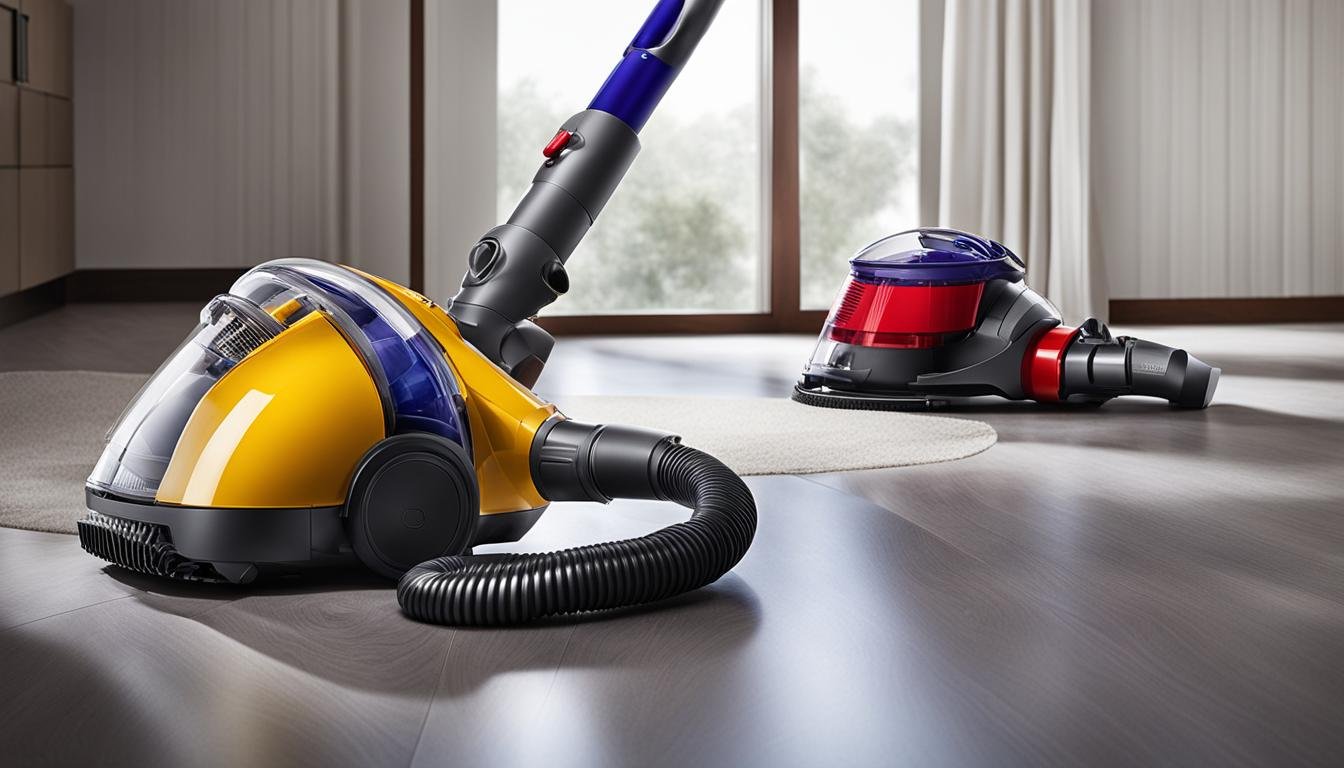
Leave a Reply